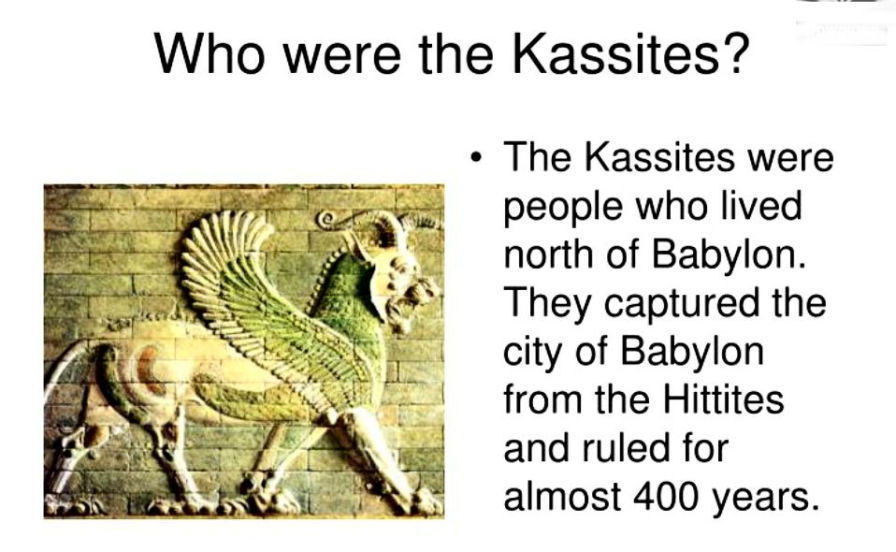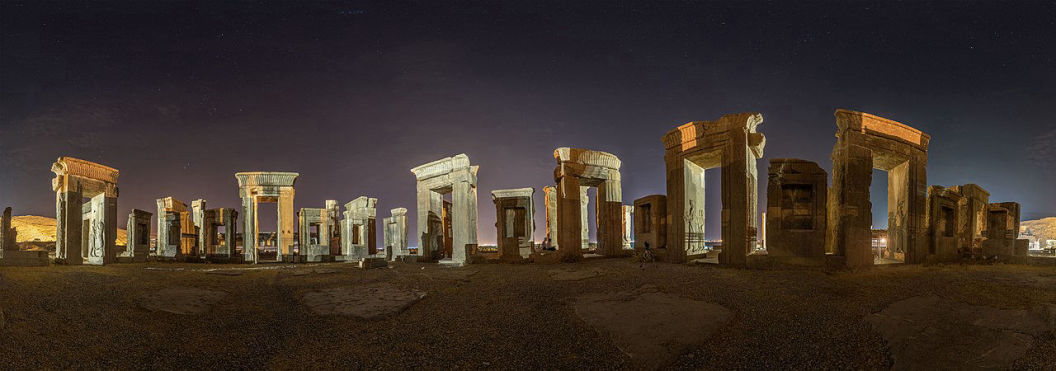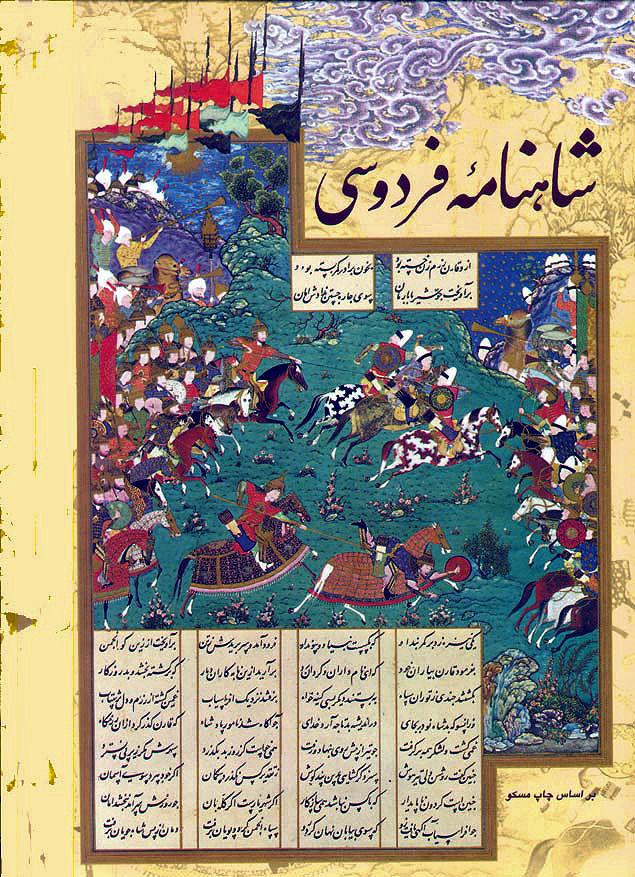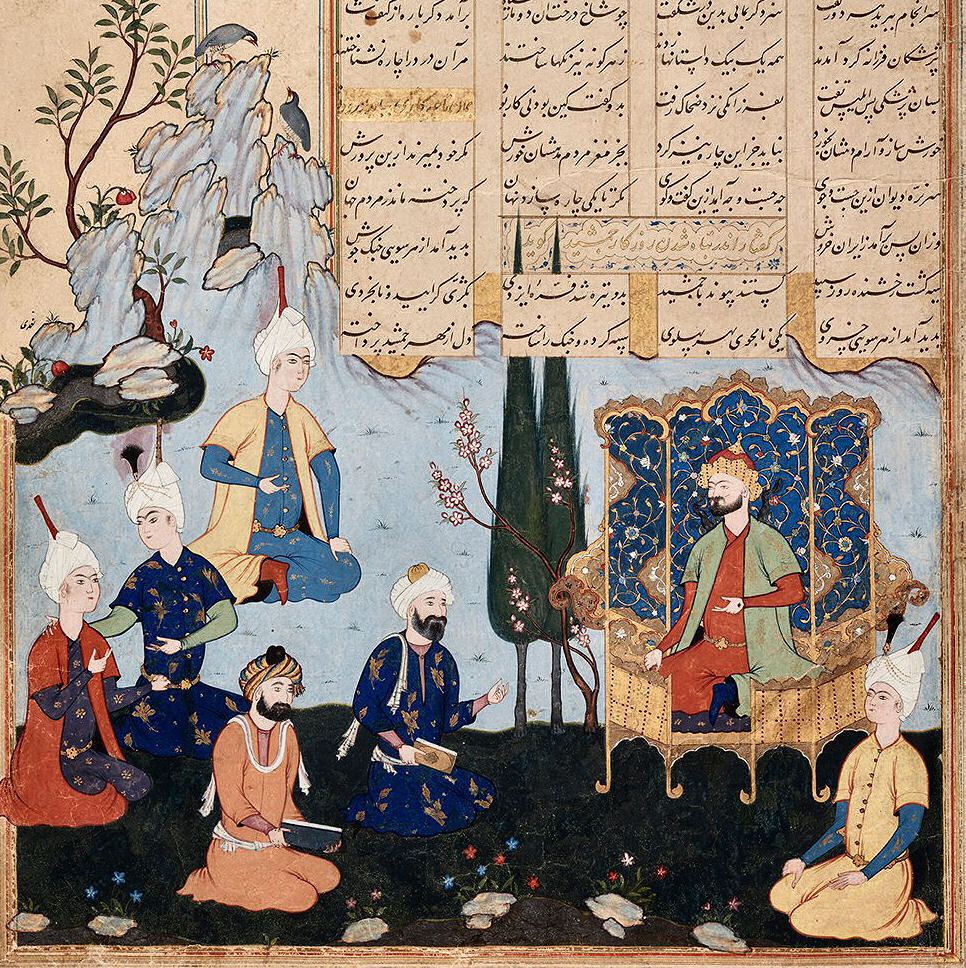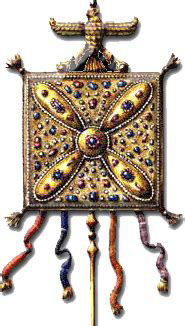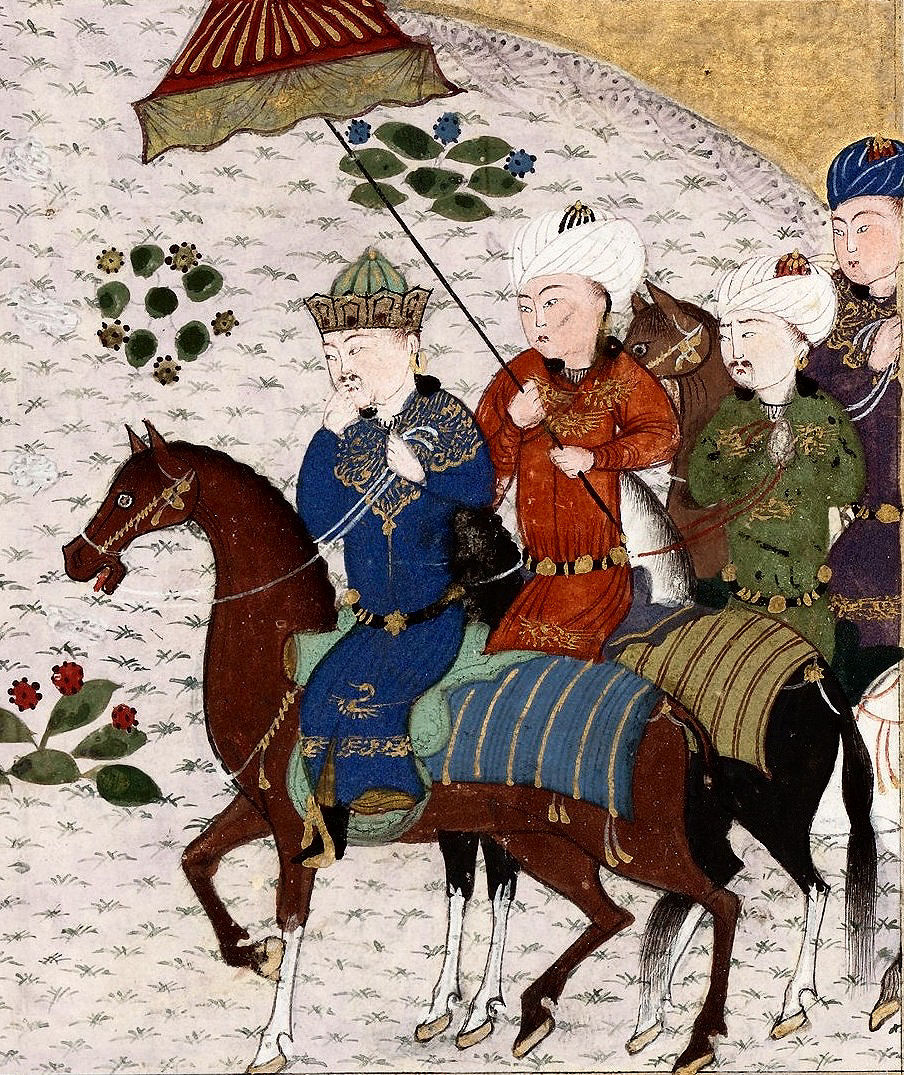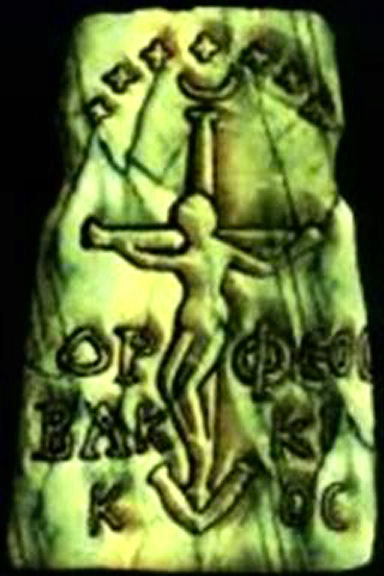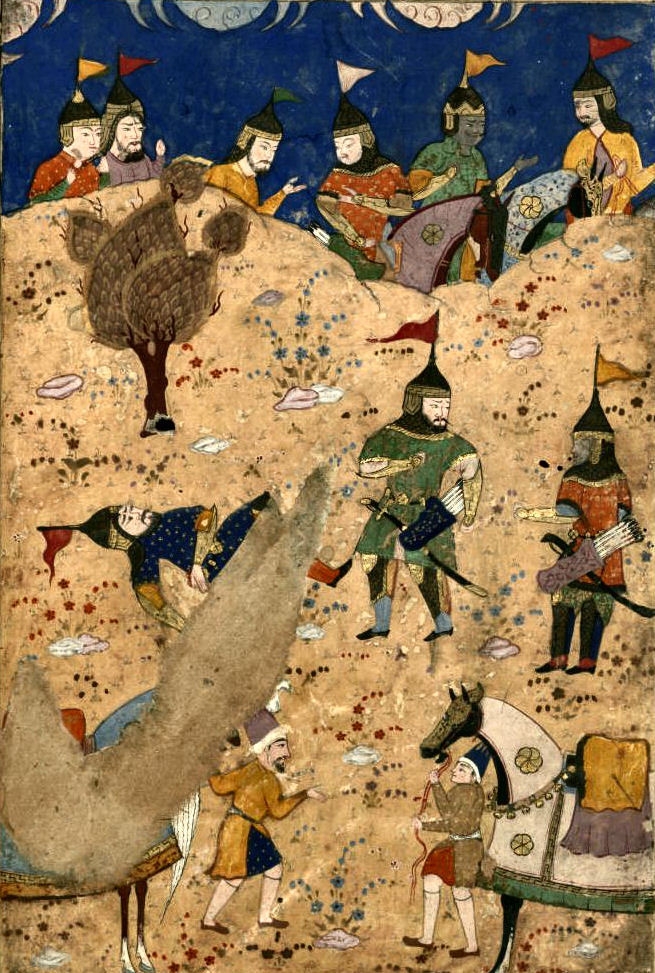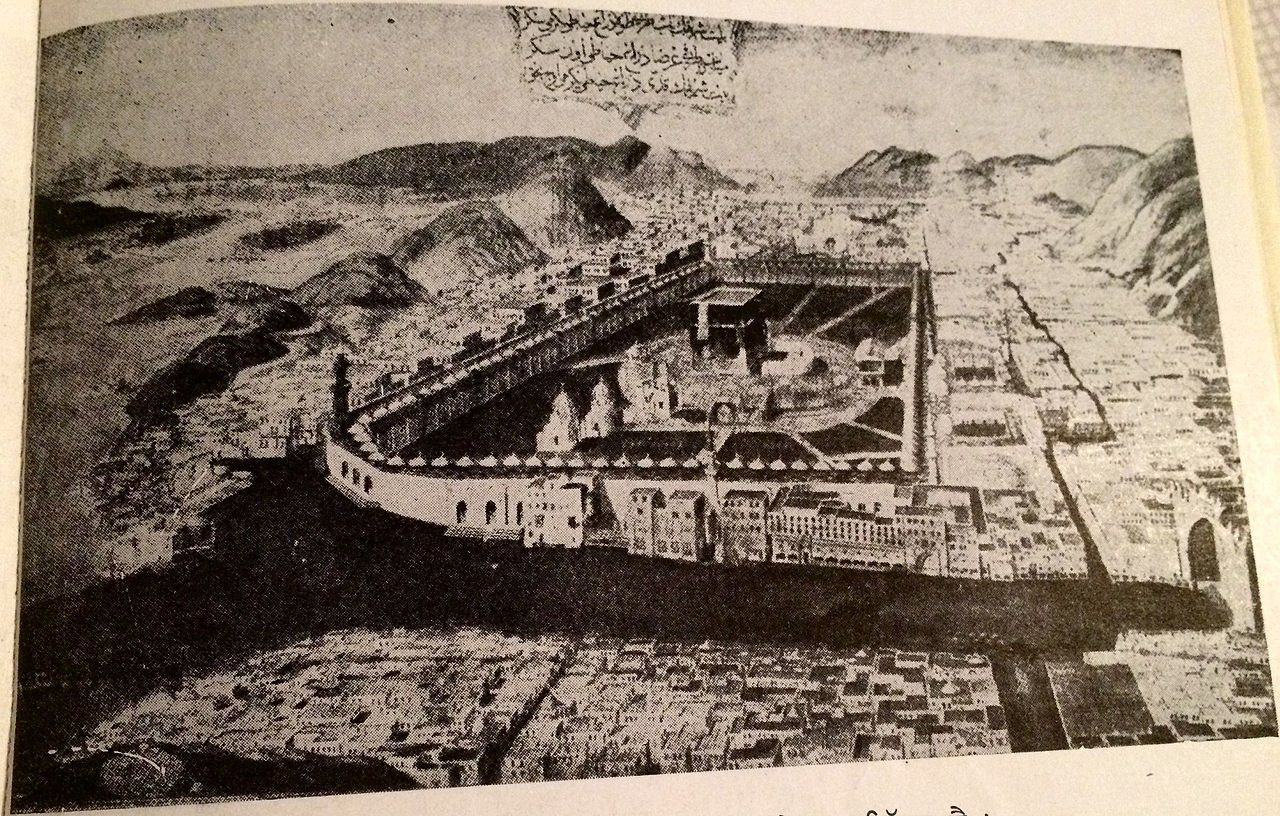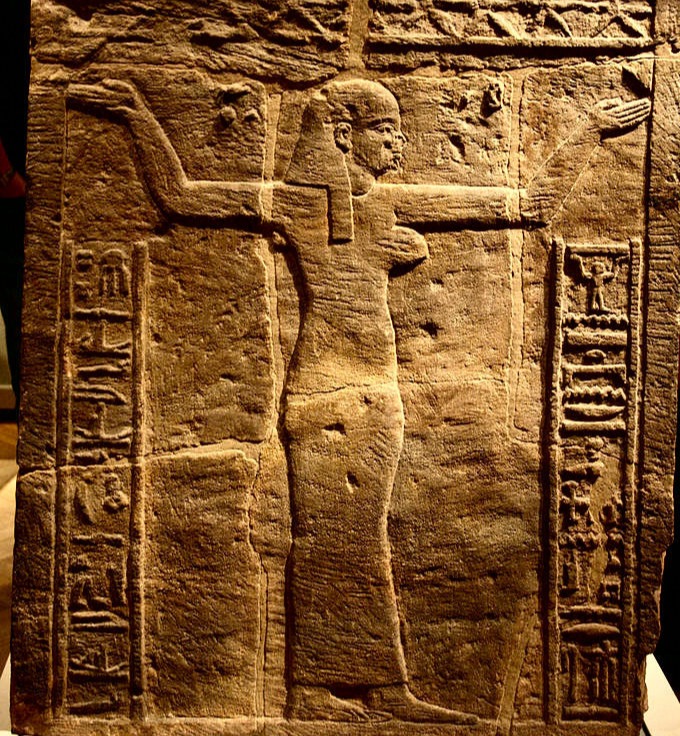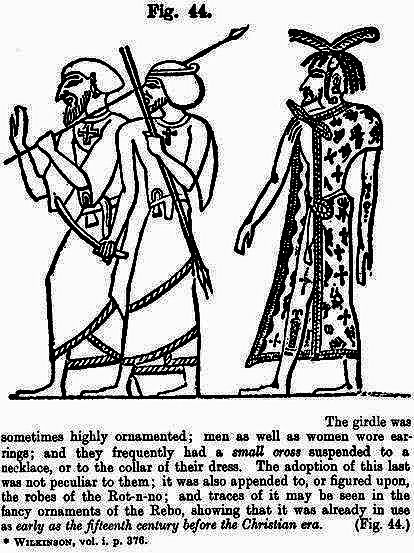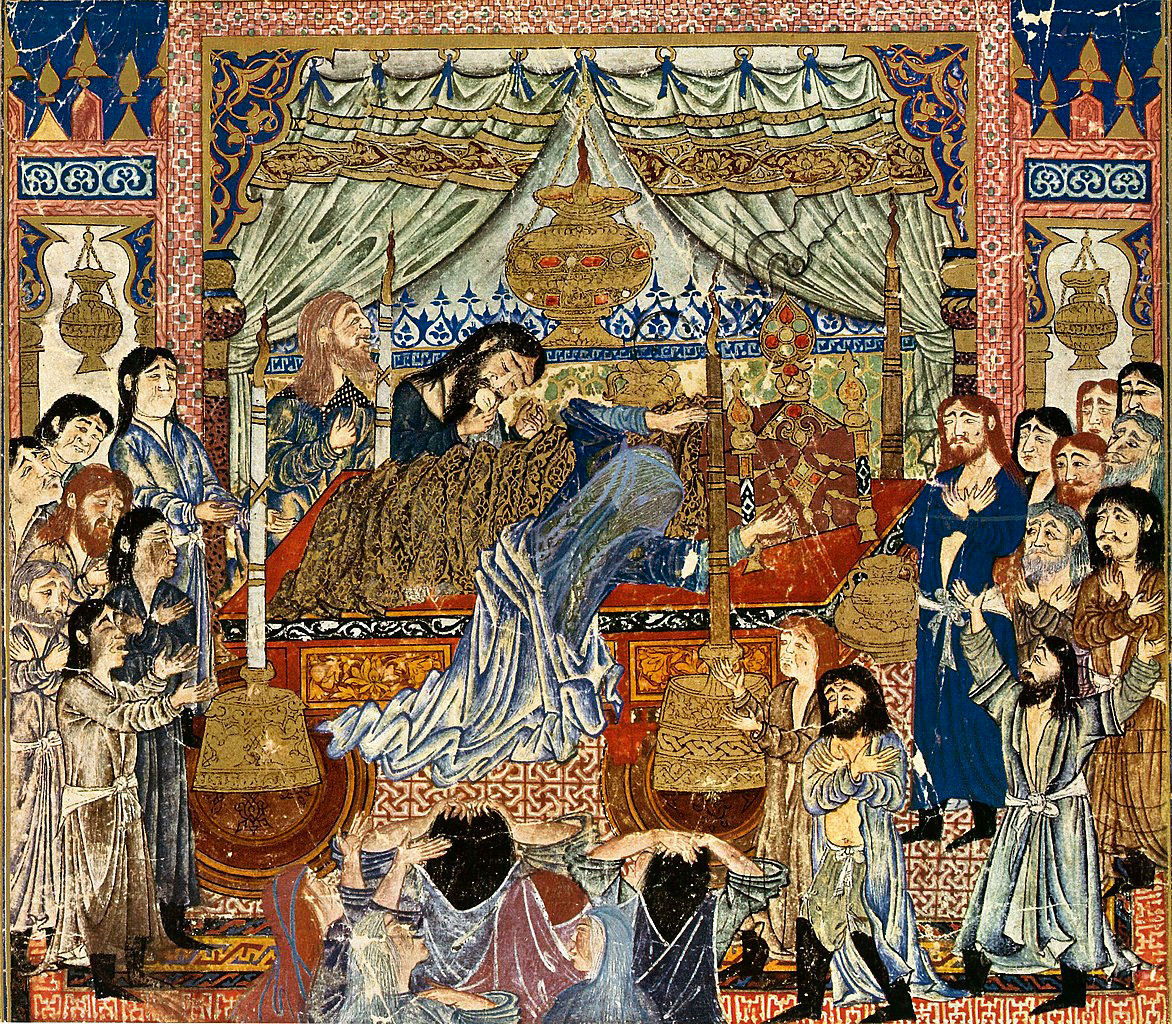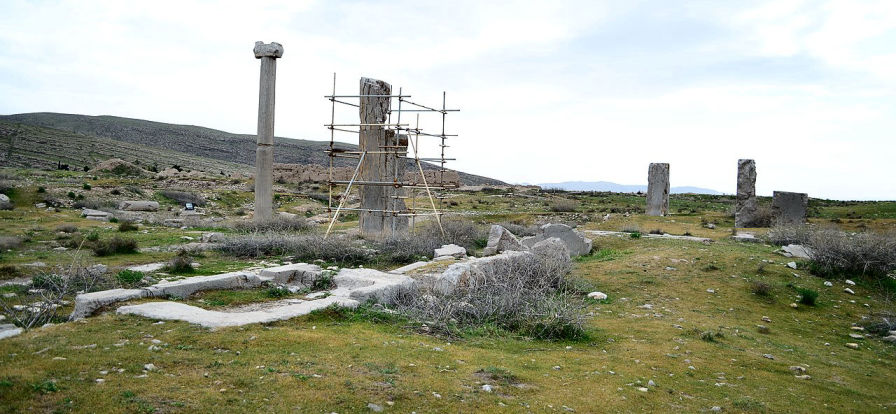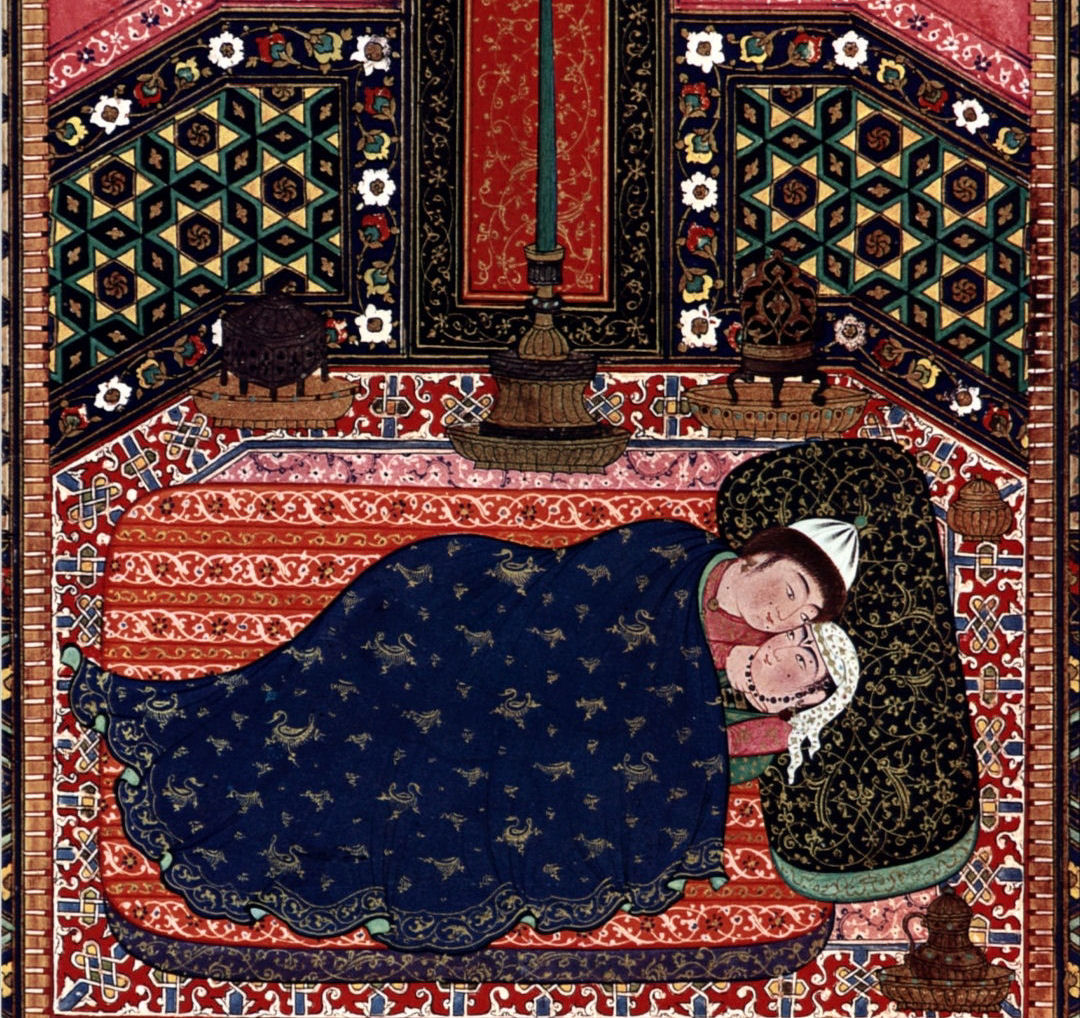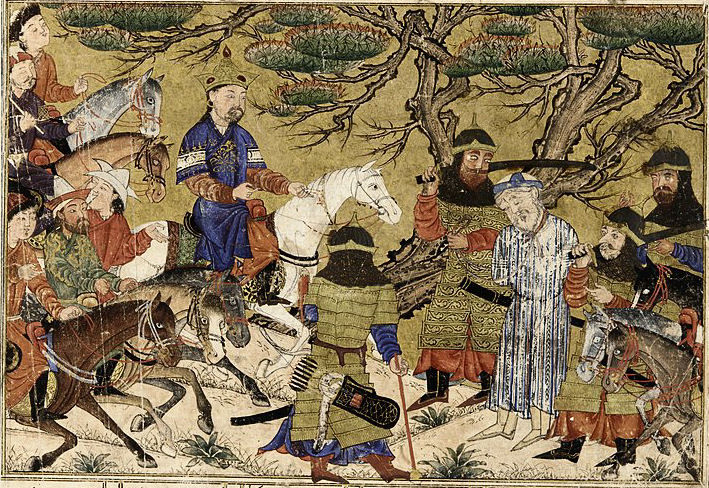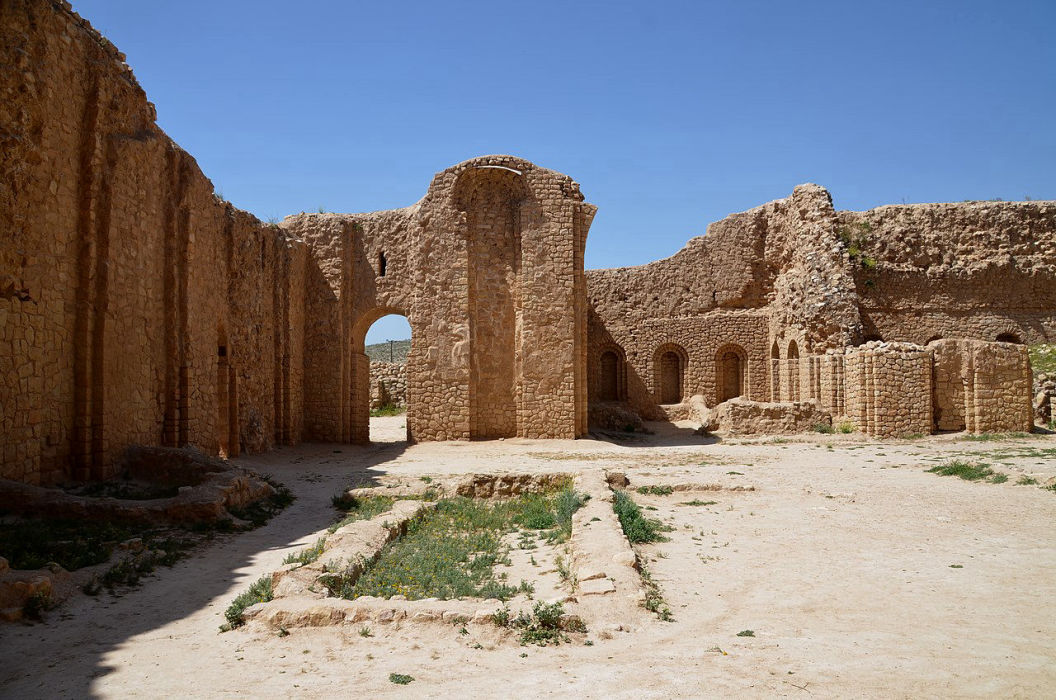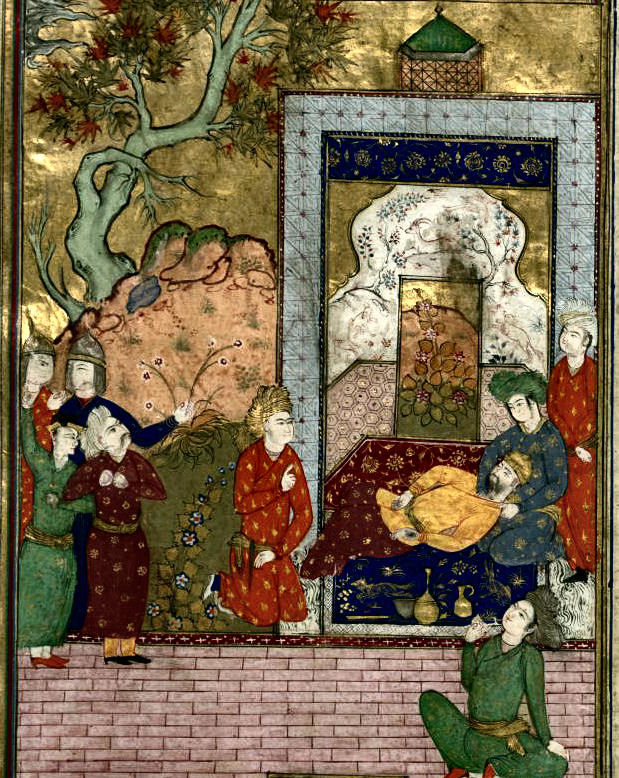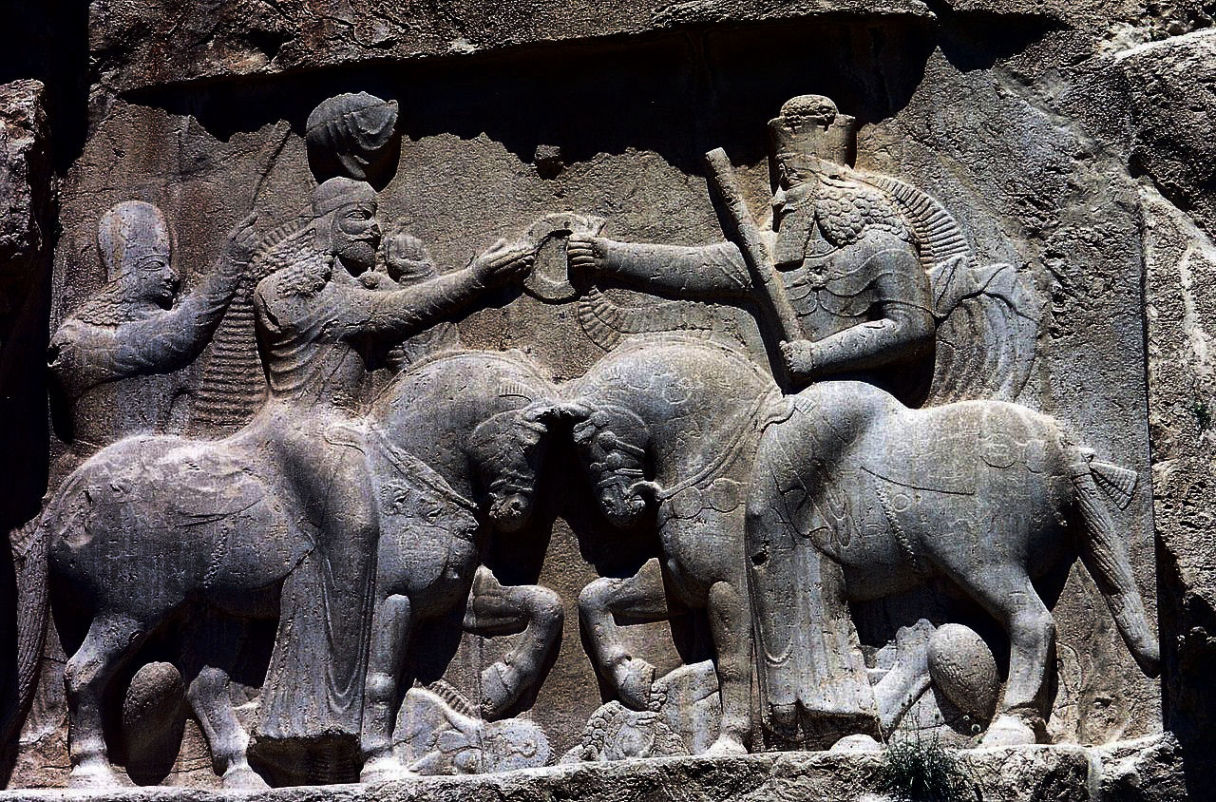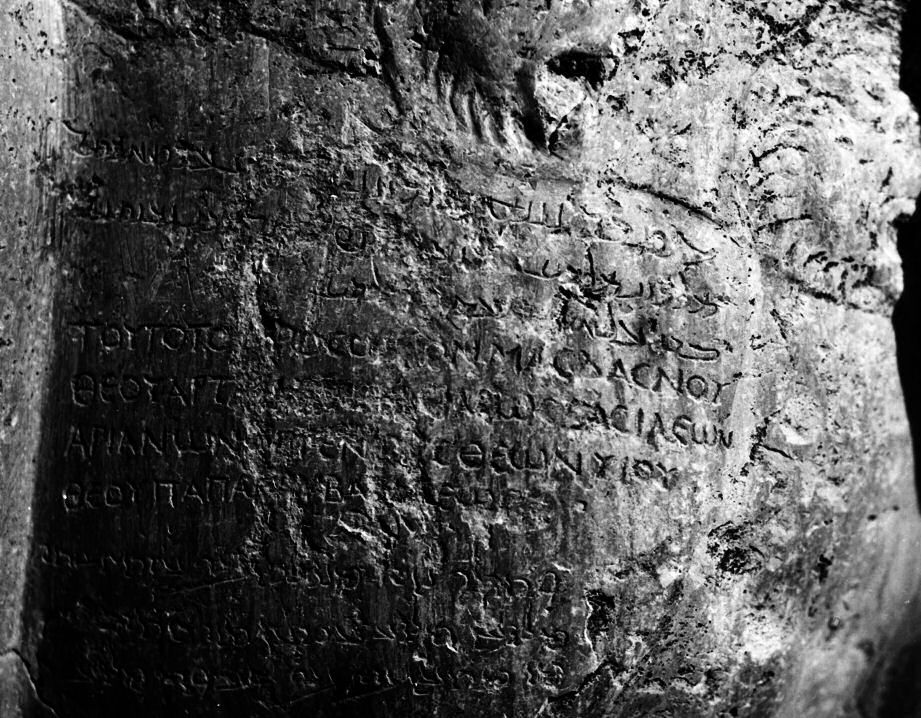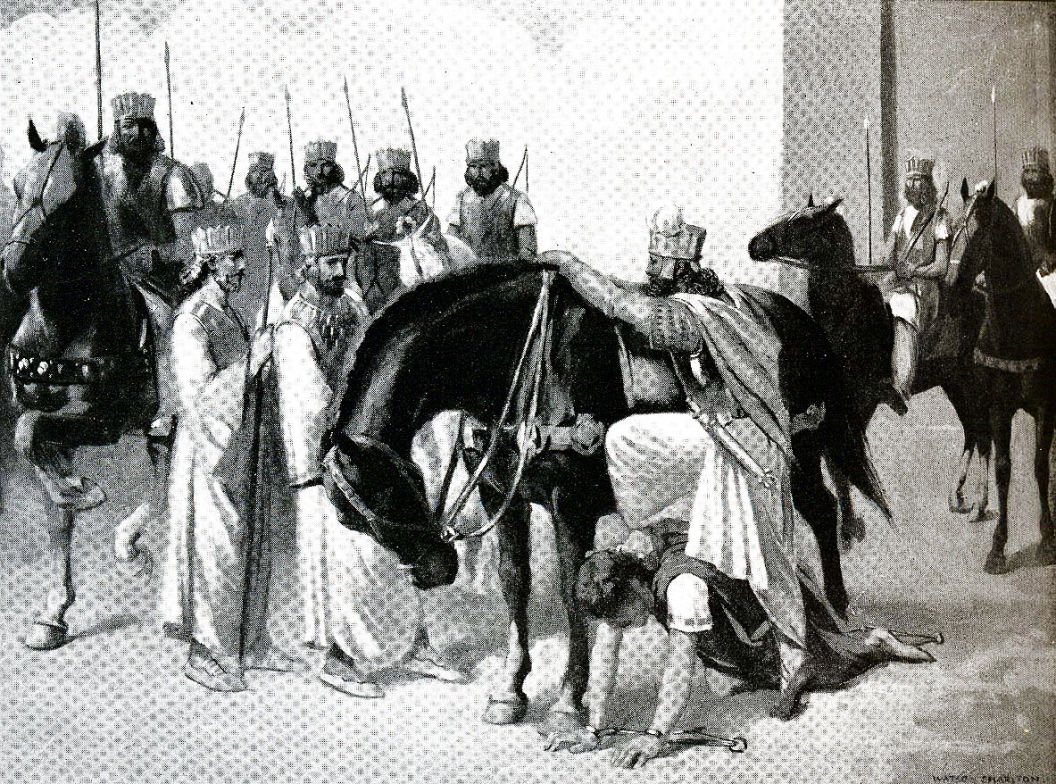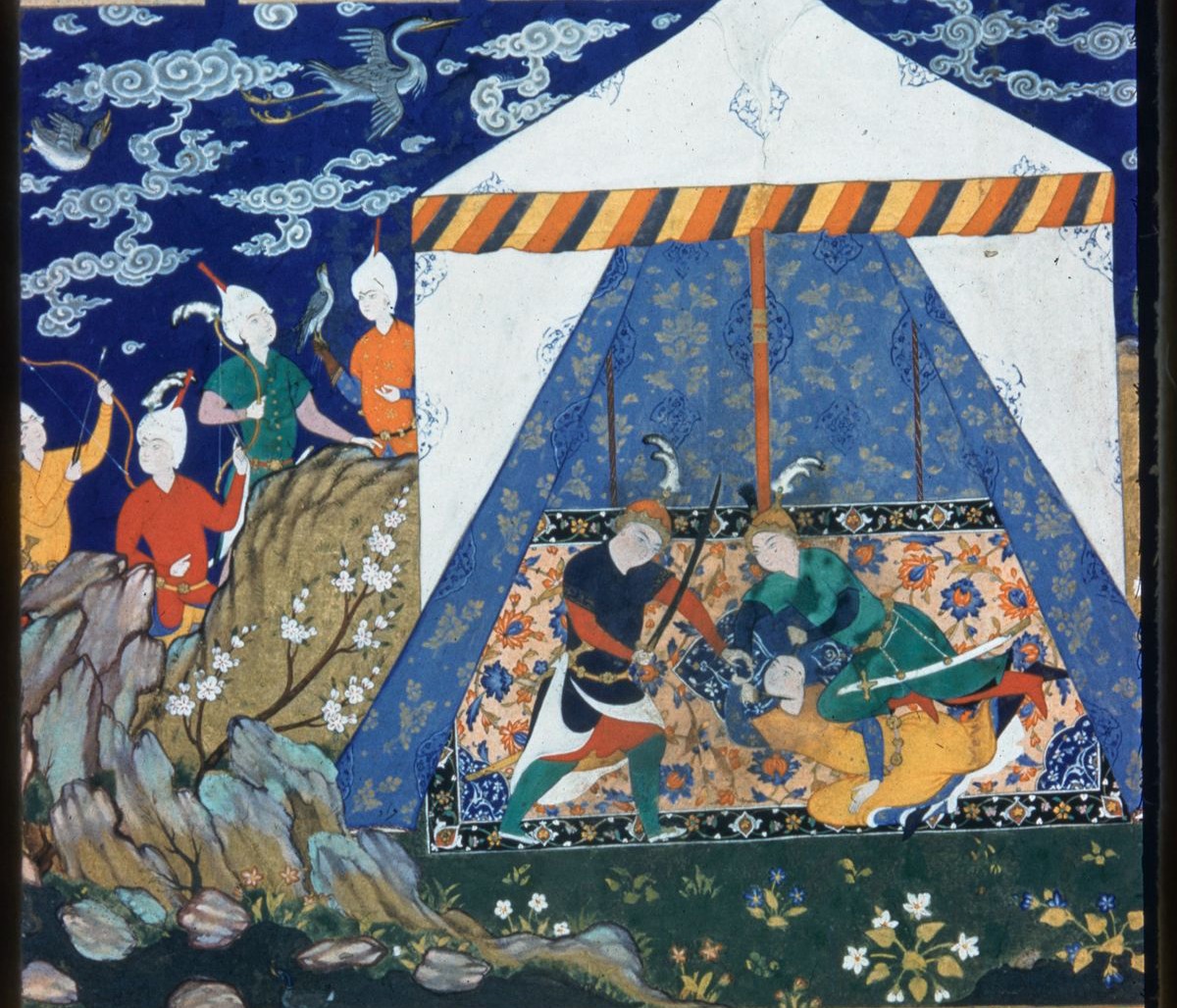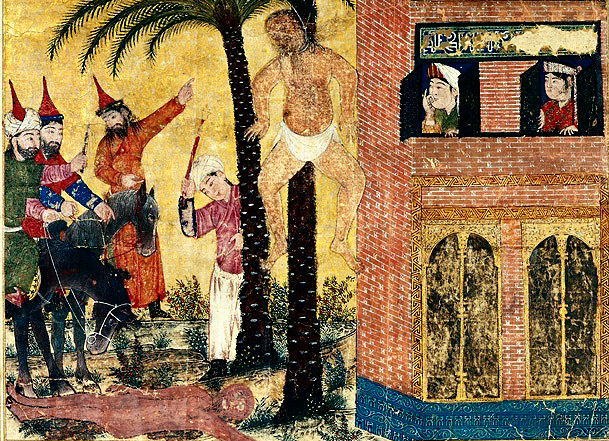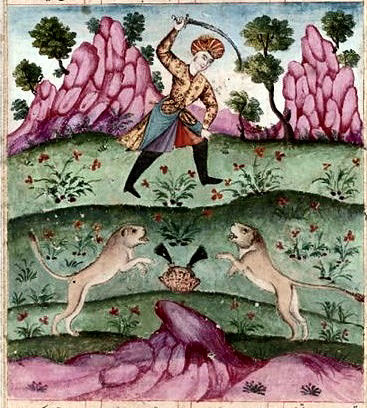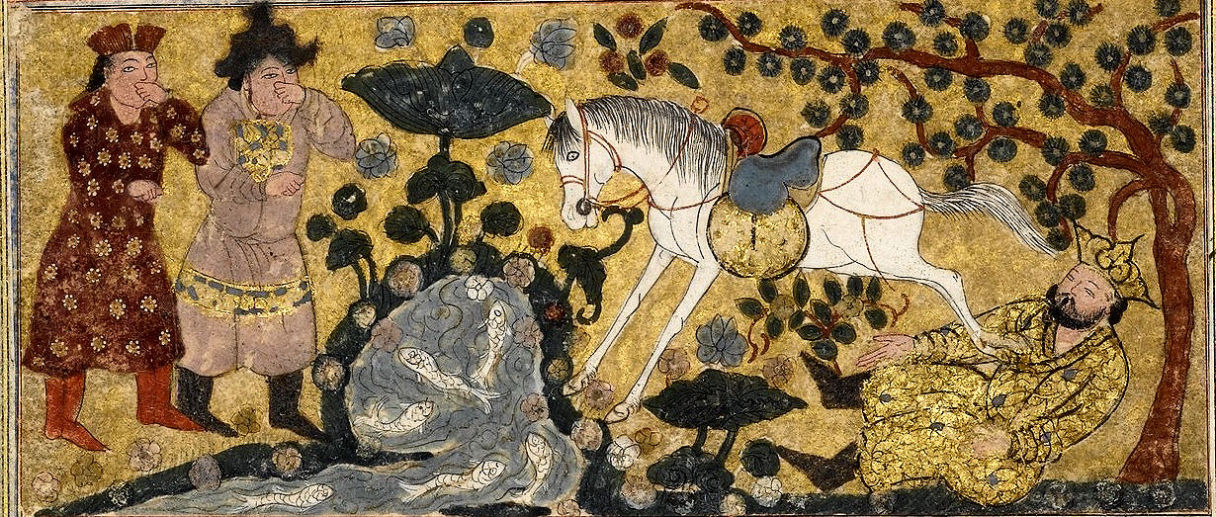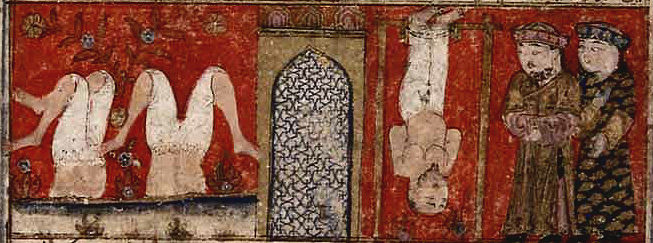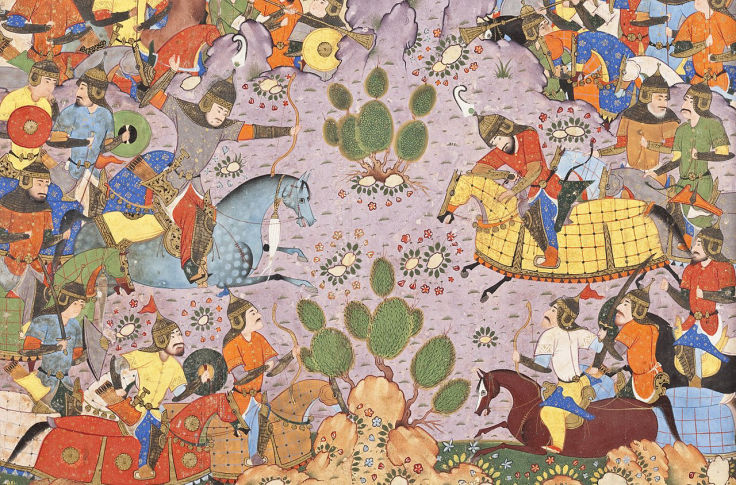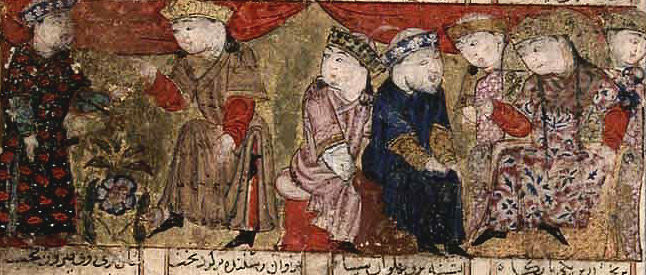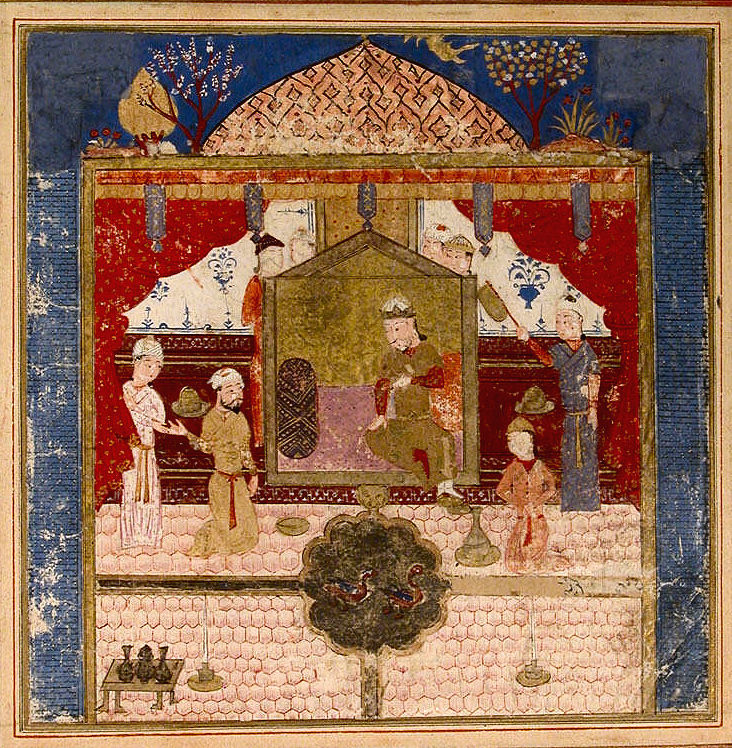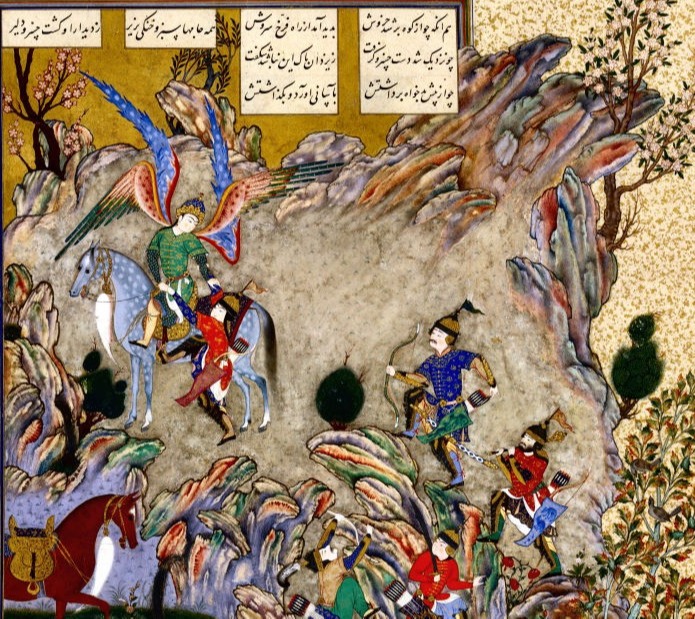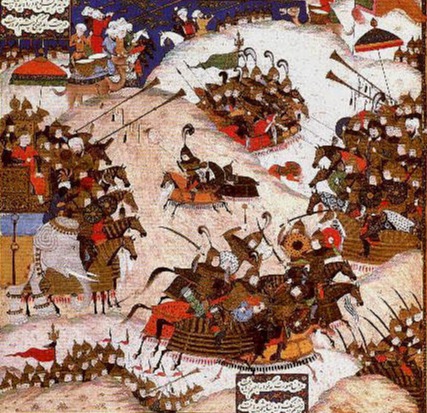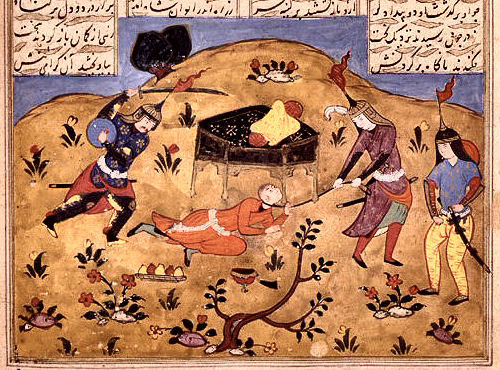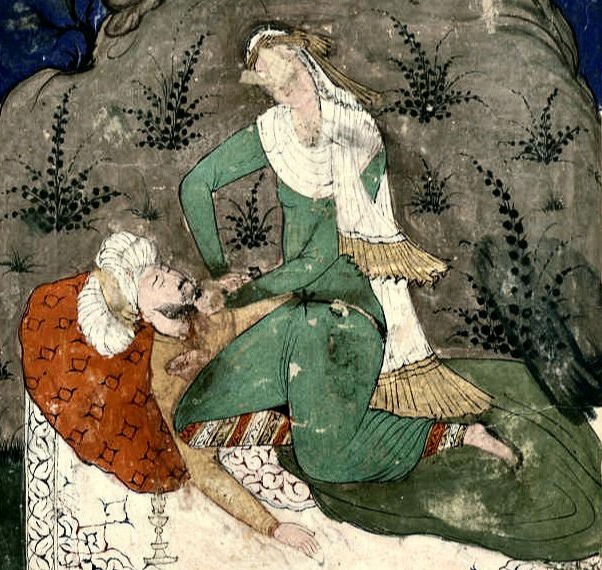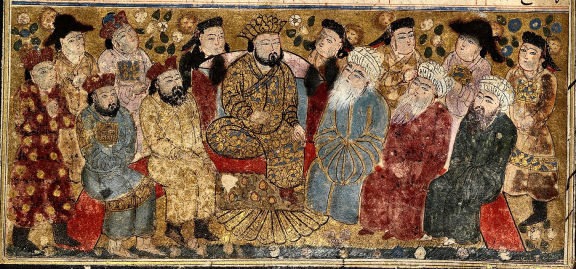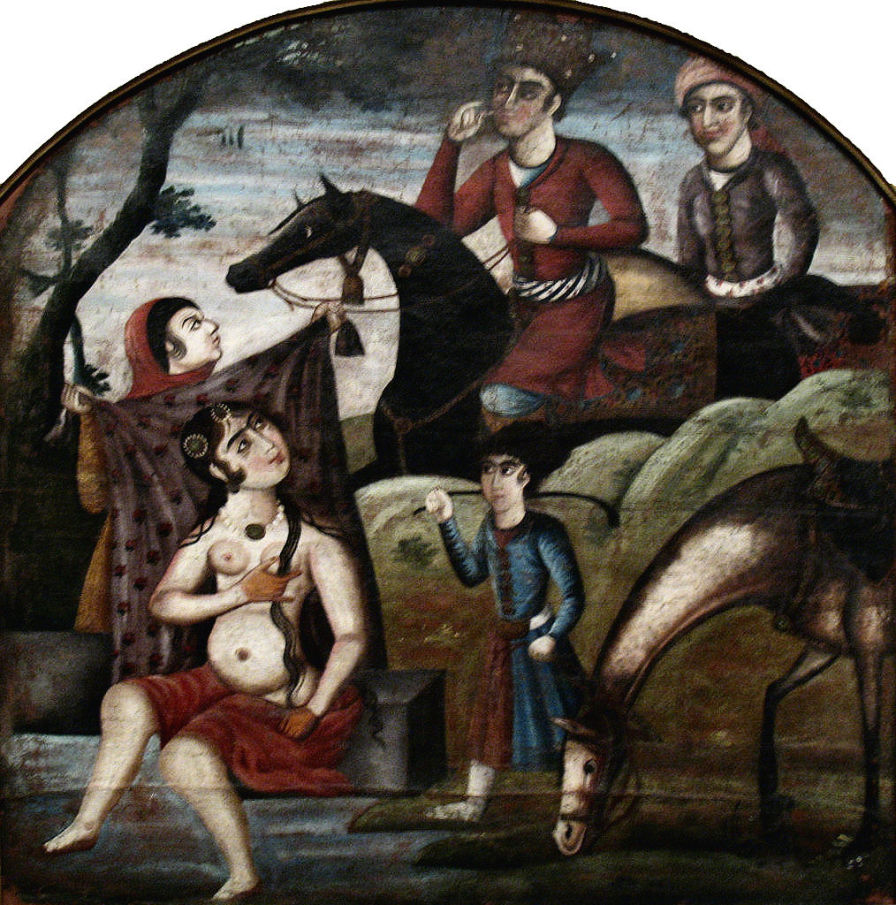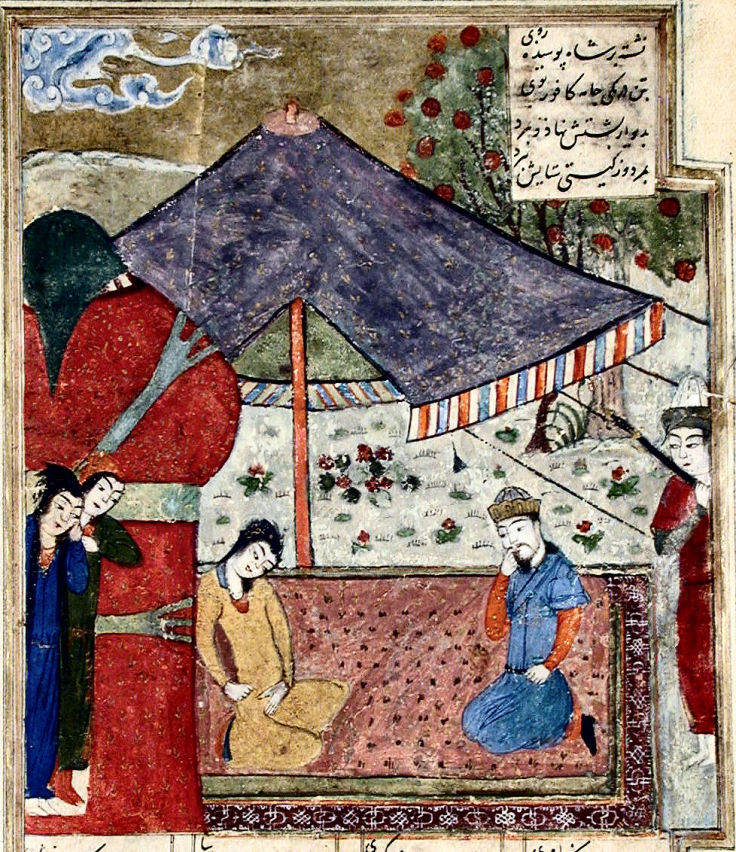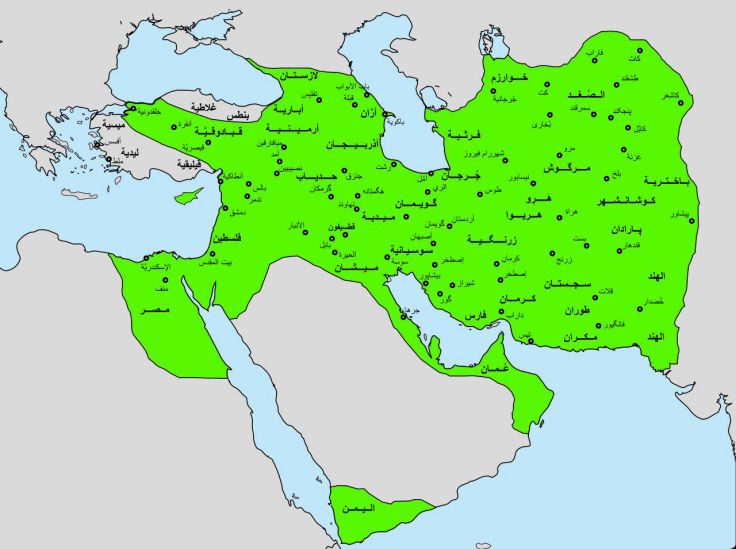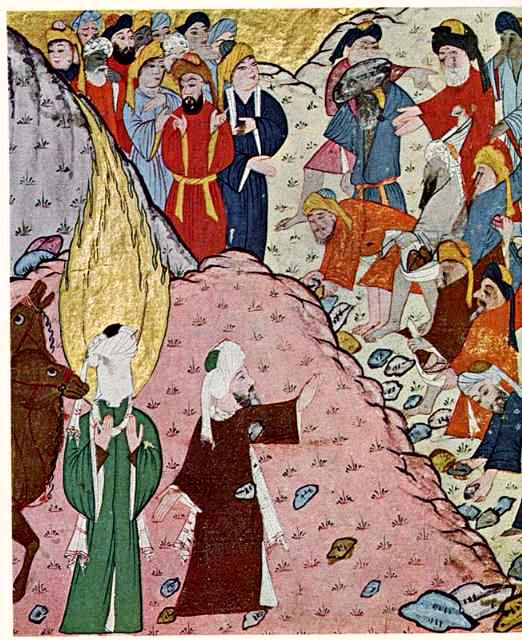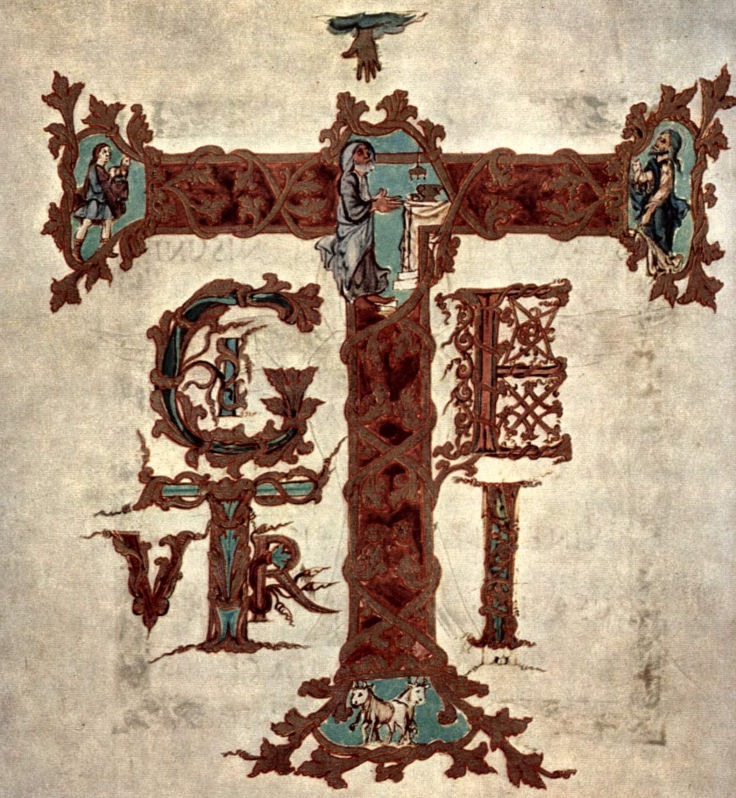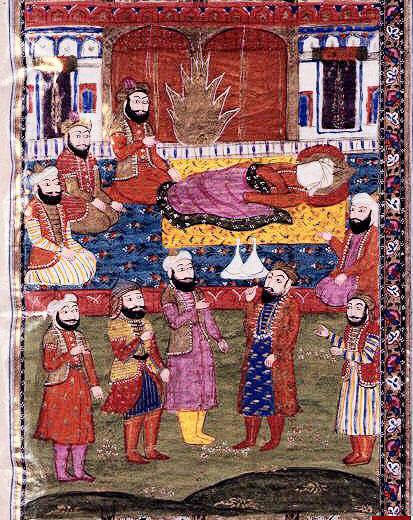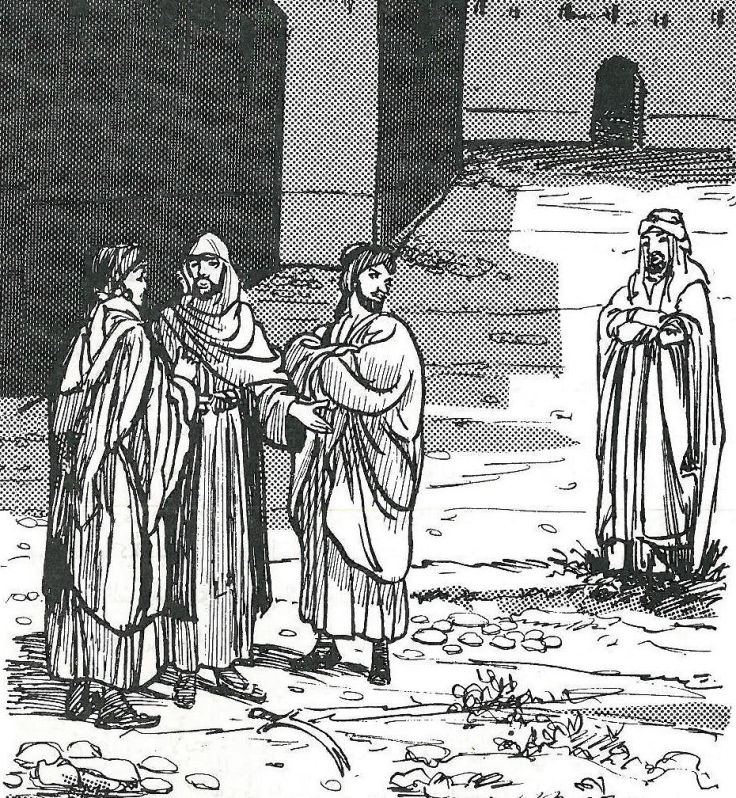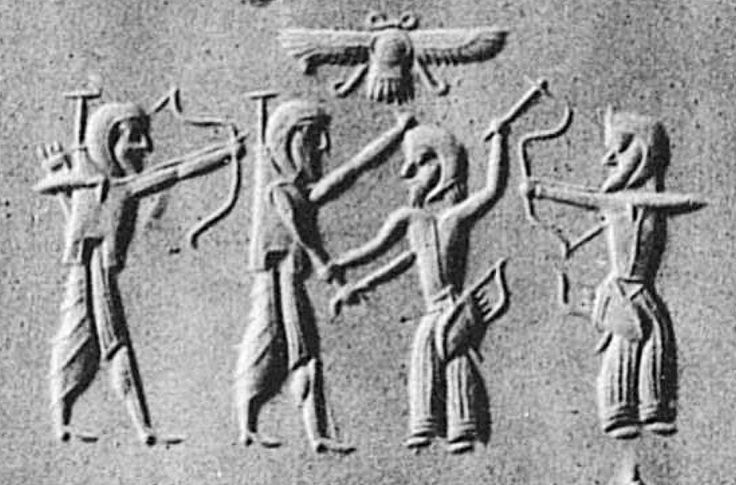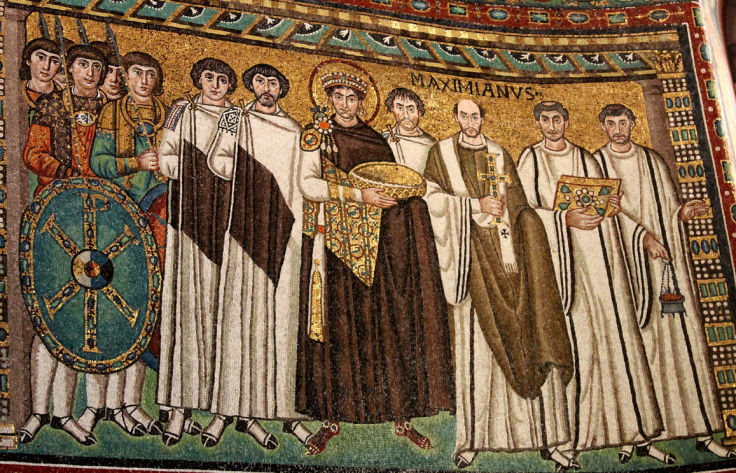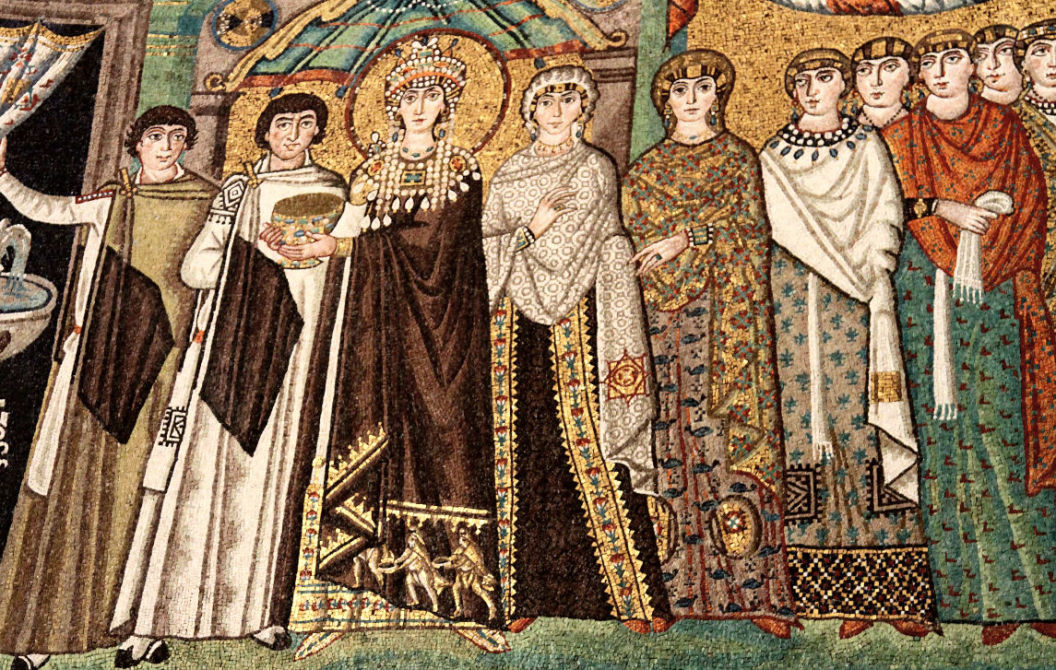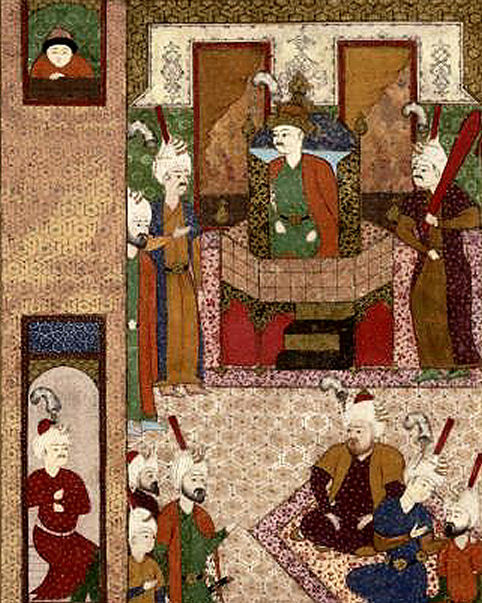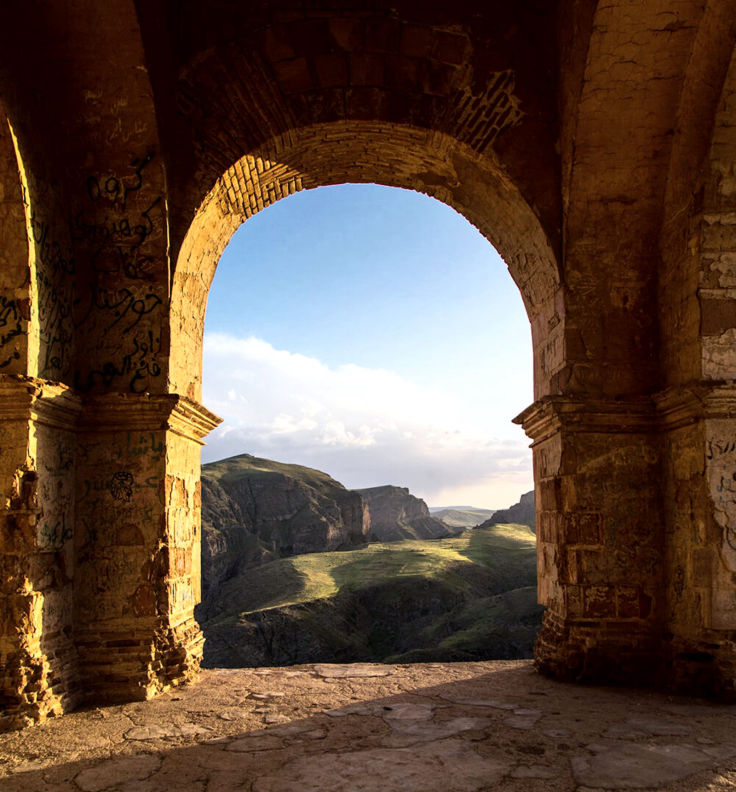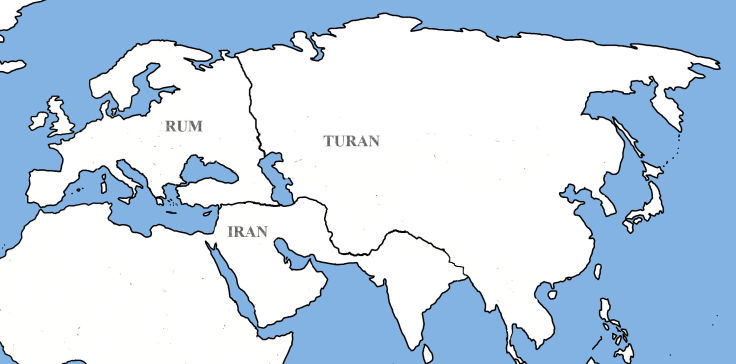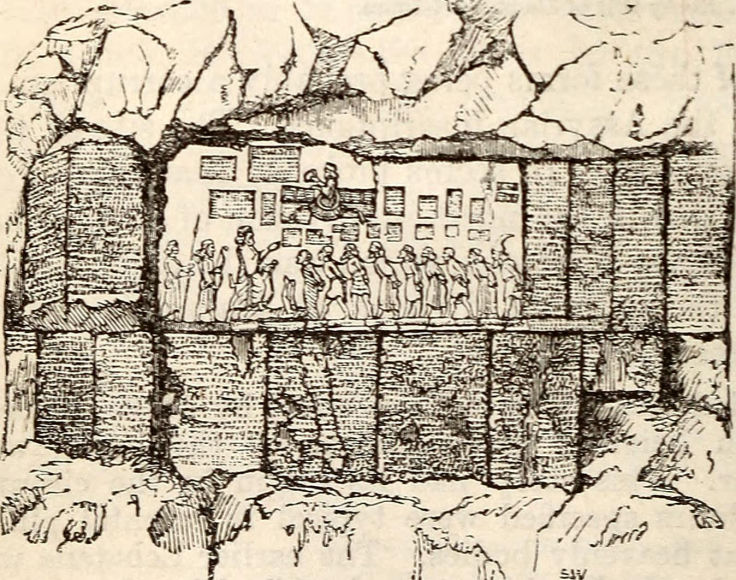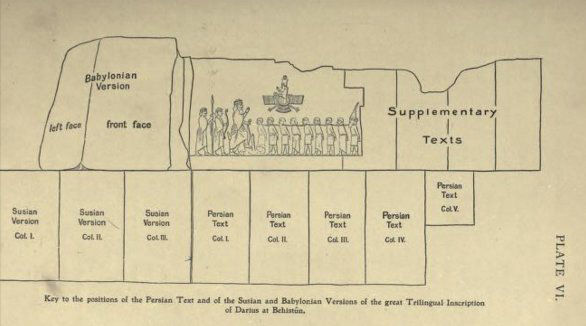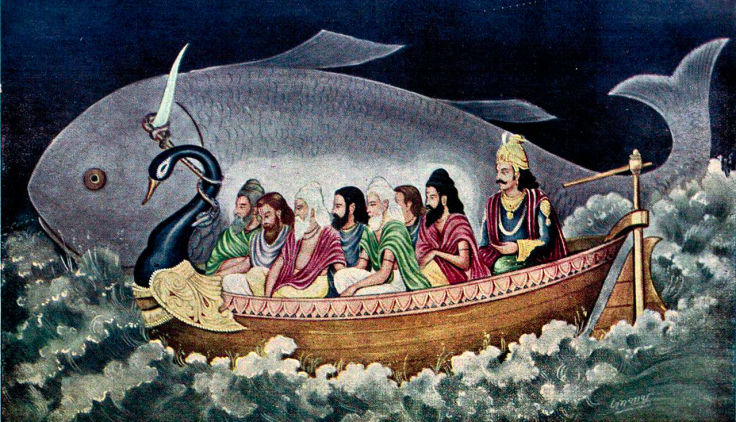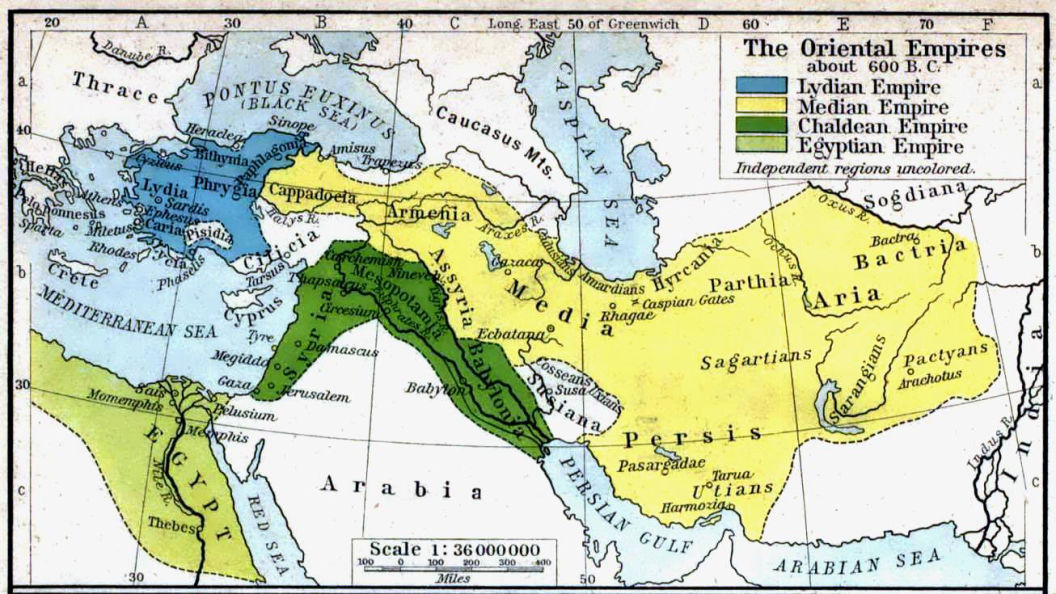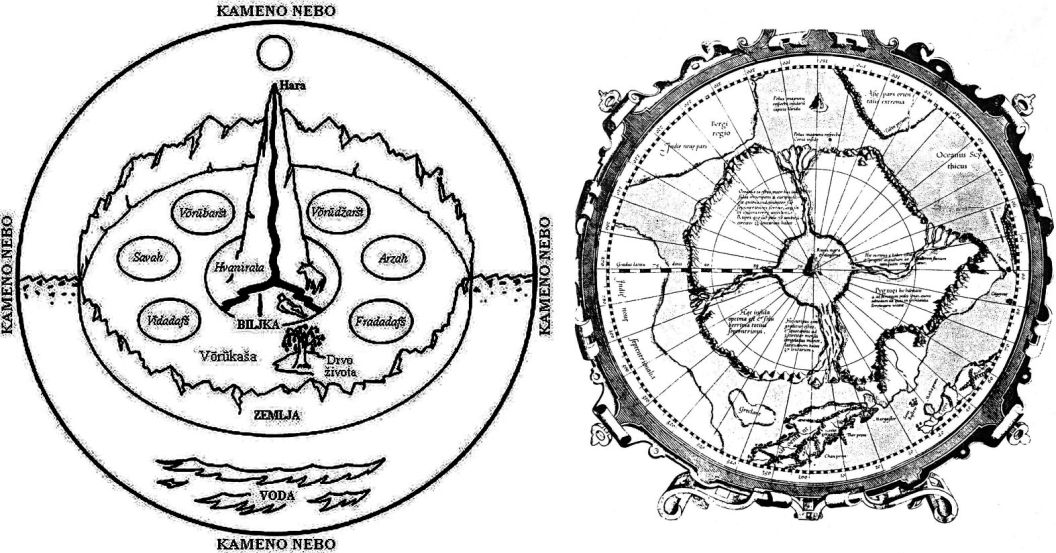In his letter Rostam states the following:
“This battle will turn out unfavourably; these times are unfavourable to kings, their current cannot flow in such channels.”
At which point the narrative converts to prose...
“The sun looks down from its exalted sphere
And sees the day of our defeat draw near:
Both Mars and Venus now oppose our cause
And no man can evade the heaven’s laws.
Saturn and Mercury divide the sky—
Mercury rules the house of Gemini:
Ahead of us lie war and endless strife,
Such that my failing heart despairs of life.
I see what has to be, and choose the way
Of silence since there is no more to say:
But for the Persians I will weep, and for
The House of Sasan ruined by this war:
Alas for their great crown and throne, for all
The royal splendor destined now to fall,
To be fragmented by the Arabs’ might;
The stars decree for us defeat and flight.
Four hundred years will pass in which our name
Will be forgotten and devoid of fame.”
The phrase “I see what has to be, and choose the way of silence since there is no more to say” is remarkably significant because, as we will see, he absolutely doesn’t. He continues...
“They’ve sent a messenger who says to me
They’ll leave our sovereign all his territory
From Qadesiya to the river; but,
For trade’s sake, they require a highway cut
Through our domains, no more than this.
They’ll pay Us taxes, offer hostages, obey Our king as theirs.”
This seems far from the Islamic Crusade and total annihilation of the Sassanian dynasty that we have not only been conditioned to expect, but that Rostam is also predicting in the previous verse:
“But these are words, not acts,
And have no correspondence with the facts:
There will be war, and in this conflict I
Know many lion-warriors will die.”
Here Rostam’s “facts” are the astrological alignments and the corresponding “acts” are those he knows the Persians will take against the “upstarts” who have dared to cross their borders, but these will be futile under the prevailing astrological climate. He predicts his own death in the coming battle and asks his father to try and keep the King of Kings alive...
“Since of this noble line the king alone
Still lives; the House of Sasan and its throne
Depend on him, and after him the race
Of Sasan will be gone, and leave no trace.
Alas now for their crown, their court, and for
Their throne that will be shattered in this war.
What follows is probably the closest we will ever get to an eye-witness account of the post-cataclysmic situation – not just specifically in Iran, but also throughout the world in general:
“But when the pulpit’s equal to the throne
And Abu Bakr’s and Omar’s names are known,
Our long travails will be as naught, and all
The glory we have known will fade and fall.
The stars are with the Arabs, and you’ll see
No crown or throne, no royal sovereignty:
Long days will pass, until a worthless fool
Will lead his followers and presume to rule:
They’ll dress in black, their headdress will be made
Of twisted lengths of silk or black brocade.
There’ll be no golden boots or banners then,
Our crowns and thrones will not be seen again.
Some will rejoice, while others live in fear,
Justice and charity will disappear,
At night, the time to hide away and sleep,
Men’s eyes will glitter to make others weep;
Strangers will rule us then, and with their might
They’ll plunder us and turn our days to night.
They will not care for just or righteous men,
Deceit and fraudulence will flourish then.
Warriors will go on foot, while puffed-up pride
And empty boasts will arm themselves and ride;
The peasantry will suffer from neglect,
Lineage and skill will garner no respect,
Men will be mutual thieves and have no shame,
Curses and blessings will be thought the same.
What’s hidden will be worse than what is known,
And stony-hearted kings will seize the throne.
No man will trust his son, and equally
No son will trust his father’s honesty—
A misbegotten slave will rule the earth,
Greatness and lineage will have no worth,
No one will keep his word, and men will find
The tongue as filled with evil as the mind.
Then Persians, Turks, and Arabs, side by side
Will live together, mingled far and wide—
The three will blur, as if they were the same;
Their languages will be a trivial game.
Men will conceal their wealth, but when they’ve died,
Their foes will pilfer everything they hide.
Men will pretend they’re holy, or they’re wise,
To make a livelihood by telling lies.
Sorrow and anguish, bitterness and pain
Will be as happiness was in the reign
Of Bahram Gur—mankind’s accustomed fate:
There’ll be no feasts, no festivals of state,
No pleasures, no musicians, none of these:
But there’ll be lies, and traps, and treacheries.
Sour milk will be our food, coarse cloth our dress,
And greed for money will breed bitterness
Between the generations: men will cheat
Each other while they calmly counterfeit
Religious faith. The winter and the spring
Will pass mankind unmarked, no one will bring
The wine to celebrate such moments then;
Instead they’ll spill the blood of fellow men.”
Rostam was to be killed on the day of battle, at the hands of Sa’d, the son of Vaqas , “a man who has no country, no lineage, no knowledge, and no wealth.”
Prior to the battle Rostam wrote to Sa’d asking who his king was, what kind of man he was and what his customs and intentions were. “You’re a naked commander leading a naked army; on whose behalf are you fighting?” The reply that came back was in the same arrogant tone and menacing style of those made by Sekandar. Although none of them are verbatim, but obviously literary interpretations, the author’s intention was clearly to create a link between them in the mind of the reader.
Various battles followed until the Persian forces found themselves on the retreat and seeking allies. As you might expect, this is when treachery is at its most dangerous level and sure enough the last Sassanian king, Yazdegerd, was murdered by the son of the treacherous governor of Khorāsān who then proclaimed himself king, claiming that he had been given the crown and seal ring by the dying king. That ended the lineage of the Iranian Kings.
“After this came the era of Omar, and when he brought the new faith, the pulpit replaced the throne.”
No further details are given regarding the Iranian conquest by Islam. Ferdowsi ends the Shahnameh speaking in the first-person...
“After sixty-five years had passed over my head, I toiled ever more diligently and with greater difficulty at my task. I searched out the history of the kings, but my star was a laggard one. Nobles and great men wrote down what I had written without paying me: I watched them from a distance, as if I were a hired servant of theirs. I had nothing from them but their congratulations; my gall bladder was ready to burst with their congratulations!
“...when I reached the age of seventy-one, the heavens humbled themselves before my verses. Now I have brought the story of Yazdegerd to an end, in the month of Sepandormoz, on the day of Ard, and four hundred years have passed since the Hejira of the Prophet.”


